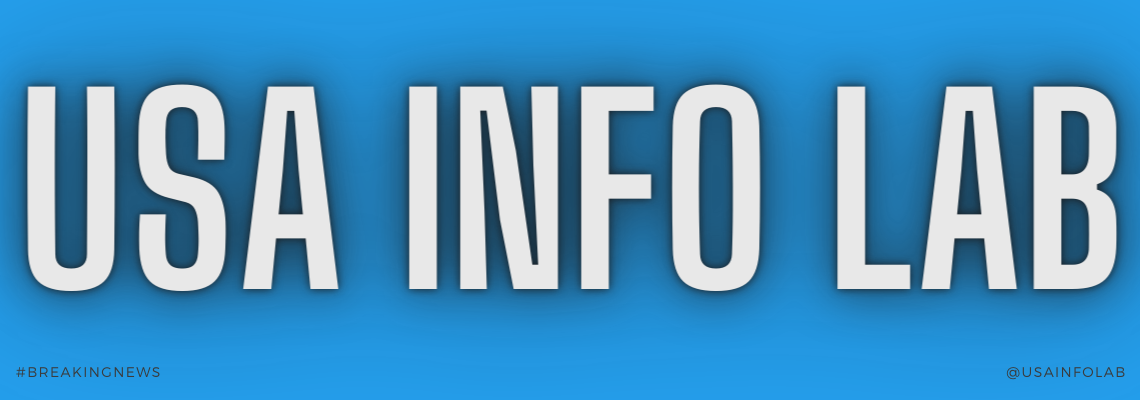Making Sense of IoT Data
Today we live in a data and connectivity space. Virtually everything in this world can be connected to the internet with a technology called IoT. Devices are used to sensor, effectively identify, measure, and transmit data in a variety of ways and quantities. As more sensors are used, we see a burst of data volume. Advances in IoT technology make it easier to process large volumes of data produced and make sense of them. The various devices connected to these complex systems are capable of real-time monitoring that creates important information that saves energy, money, and time.
The various stages of dealing with IoT data The IoT environment consists of processes for data collection, data integration and data analysis. Collected data is processed and analyzed to create dashboards, reports, and alerts. This process of making data without data involves various steps using different technologies and computer techniques. The major steps involved are discussed below:
Data Collection Data collection is the most important first step in a series of data values. There are many types of Sensors available today that make a variety of data collection in the IoT environment. These senses measure the various conditions of the material on a time scale. Sensors to detect changes in data, or at specified intervals, collect and transmit data in real time. These sensors are connected to the device edge, collecting and syncing data. The edge device integrates and prepares data for storage and sending it to cloud servers. The data and its metadata will be transferred to the server for storage and processing. The following figure shows data collection and integration features.
Configure and provide data on IoT locations, devices and sensors connected to the edge gateway. Devices and sensors should be configured and provided at the gate to specifically identify each data source, view data - any data (temperature, pressure, vibration etc.), data type, format, units, source and more. Edge Gateways provides a web-based UI to configure and render connected devices and sensors. This allows the gateway edge to be more sensitive to data and transmit it to the application servers in the cloud or core services. Timed data allows it to be processed in batches or near real-time.
Collect and sync Gateway Data Edge help to convert data from devices. Edge gateway includes data obtained from individual devices or sensors. This data can be collected at different frequencies, formats and may use different interface conventions. Gates sync these variables and configure server transfer data. Edge Gates will use multiple protocols to connect to Cloud and transmit data such as MQTT, IoT harp, Kafka.
Data security It is important to store and transfer data securely. This will help to maintain its privacy and integrity. Different encryption technologies and security protocols are used to ensure data security. Access to offline data is restricted by multi-level authentication strategies. Information is managed and interpreted by authorized user roles and profiles, which are enforced at application levels.
Data storage The cloud server receives data from all connected gateways and sensors. Received packets are stored in a database designed for the application. Historical data improves the ability to perform predictable data on data.
Data analysis It is necessary to evaluate IoT data to ensure its proper use. The application process analyzes the data to extract unique data and information from the acquired data. A variety of different situations are identified and defined, so that the data can be exceeded, default alerts can be generated and distributed to authorized people. This enables remote monitoring and working time and processes. Data is used to calculate key performance indicators (KPIs) to create relevant dashboards and reports, allowing decision-driven data-driven across the organization.
Advanced analytics engines use AI and ML techniques are used in data to predict machine failures, determine results etc. Analyzing IoT data is important for large-scale management. Robust IoT systems use data statistics to predict trends and demands. As such, businesses submit policies and procedures that allow for the necessary adjustment to be made easier.
Gadgeon is an end-to-end IT outsourcing company known for its in-depth expertise in Industrial IoT and Engineering software development. We connect devices, operations, and processes to create business value, and transform businesses with data power. As IT IT technology services, we have successfully empowered the digital journey of customers with critical digital services ranging from embedded systems to automated testing and testing.

No comments:
Post a Comment